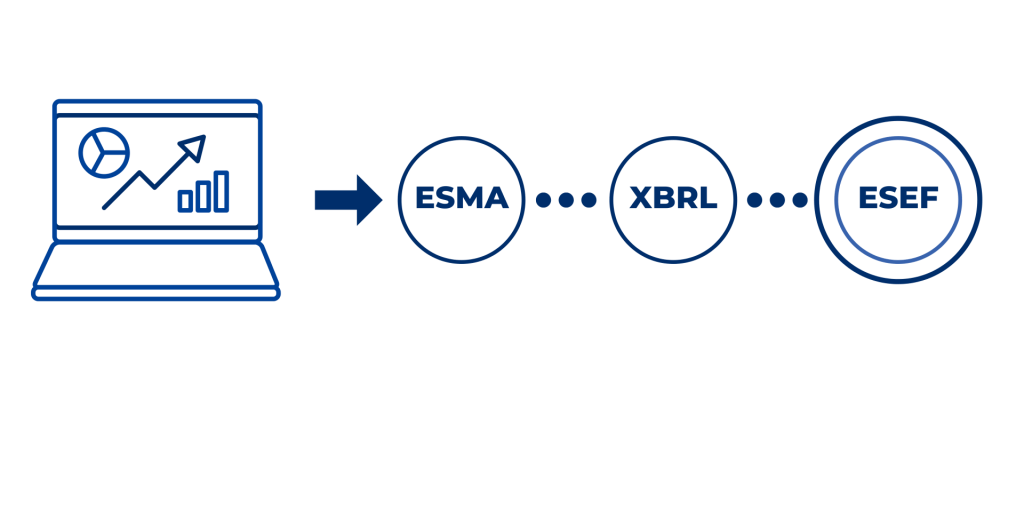European Single Electronic Format (ESEF)
The European Securities and Markets Authority (ESMA) based European Single Electronic Format (ESEF) reports are required this year and with the requirement has come a demand for software solutions. Currently the 2021 ESEF regulation was submitted in by ESMA in May 2021 and adopted by the European Commission late last year on November 29, 2021. This regulation is anticipated to enter into force in March 2022. The requirement states that all annual financial reports need to be in xHTML (inline XBRL, iXBRL) and marked-up based on the IFRS consolidated statements via XBRL tags using the iXBRL technology.
The IFRS foundation prepared and updated the 2021 IFRS Taxonomy that the 2021 ESEF taxonomy is based off of. All version information, comparisons and explanations about the taxonomy package can be found on the IFRS Foundation’s website. Updates in the ESEF taxonomy include labels in all EU languages.
Originally this regulation was intended for the 2020 financial year, however it was delayed a year to allow software vendors and issuers time to better understand and adapt to the new regulation.

Why is ESEF being introduced?
In order to create a comparable, secure, transparent way to evaluate companies listed on any EU regulated marketplace. By using XBRL this is achievable regardless of the reported language since all the data is machine readable and can be translated based on the ESMA provided taxonomy.
What does this mean for companies?
This ESEF Regulation will apply to all companies with securities listed on any EU regulated market. Using the 2021 ESEF taxonomy and software solutions companies will be able to comply with ESMA’s requirements for the annual financial reports beginning on or after January 1st, 2021. This is why we created SemansysNext to easily complete your ESEF requirements.
What are the steps to complete an ESEF filing?
At Semansys we believe in starting with good data and keeping it that way. So we begin with editing the taxonomy then use that to enter or import data followed by producing an XBRL report that is rendered into an iXBRL report. This way you know all the data is XBRL valid and you won’t encounter submission issues due to a technical inconsistencies. You can take this iXBRL file and overlay any templates you wish to make the report look like a traditional annual statement or shareholder document/presentation.


Ready to get started?
SemansysNext
Request Demo
